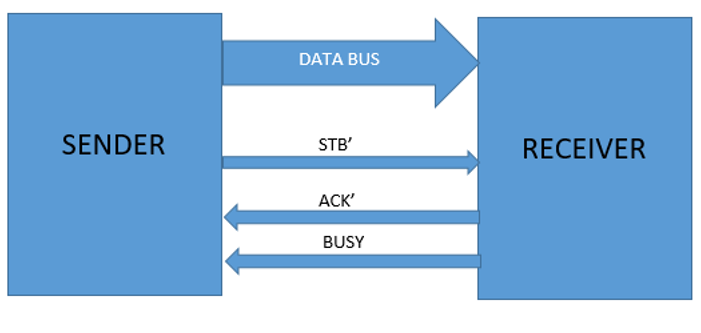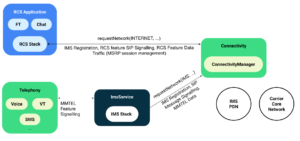Transferring data between computers involves several steps. First, the data is split into packets, each containing a header that tells the destination and source of the data. Next, these packets are sent from computer to computer and examined to ensure no data is missing.
Handshaking
Handshaking is an important process in data transfer, ensuring reliable and successful data transfers. It ensures that the sending and receiving devices actively participate in the data transfer. Without participation from both devices, the data transfer process will fail. In addition to providing the proper security measures to prevent unauthorized data transfers, handshaking also incorporates a timeout mechanism. The timeout mechanism will produce an alarm signal if the data transfer does not occur within a given time. A unit’s internal clock implements this mechanism. It starts counting time when the unit enables the handshaking control signals, and if the handshake signal is not returned within a certain time frame, the unit will assume that an error has occurred.
Handshaking is a common mechanism used by companies like WeTransfer security for data transfer between computers. When transferring data between computers, a source unit does not place data on a data bus until it receives a signal indicating that the destination is ready for the data. This process is also known as destination-initiated data transfer.
Handshaking Protocol
Handshaking protocol is a protocol that uses a connection-forming process between computers. It requires a source channel that initiates the process and a receiver channel that acknowledges the receipt of data from the sender. It also includes a mechanism to prevent sending new data before the previous data has been received by the receiver.
Handshaking protocols are used for communication between computers and networks. This protocol sends data and messages between two or more computers connected by wire or wirelessly. It also enables the sender and receiver to coordinate their data transfers. The three-way handshaking process has advantages over other protocols for transferring data between computers.
Handshaking helps determine the quality of a connection between two devices. It allows the receiving device to determine whether it communicates with a trustworthy source. USB connections also use handshakes to ensure data is received successfully.
Handshaking Interface
Is WeTransfer Safe? is a question you may have. A ” handshaking ” protocol is used to communicate between networks and computers. It stops data from being transmitted before it has reached the receiving computer. It can work through wireless or physical connections. In some cases, the sending computer and receiver have different clock rates, so handshaking is needed to ensure that the receiver doesn’t send data before receiving the previous one.
This protocol transfers data by sending and receiving signals over a data bus. When data is transferred, the source unit sends a signal indicating it wants to send it. The destination unit responds by sending a signal to the source unit indicating it is ready to accept the data. When the destination unit responds, it will then place the data on the data bus.
When connecting a measurement instrument to the COM port of a PC, handshaking may be required. Also called flow control, handshaking allows the PC to stop sending data to the instrument until the latter is ready. Instruments that support handshaking often require inputs and outputs with the required signaling.
Handshaking Method
The handshaking method of transferring data between computers is a protocol used for communication between computers. This protocol uses two hardware lines – a strobe signal for the sender and an acknowledge signal for the receiver. The sender transmits a signal to the strobe line, and the receiver responds with a signal to the acknowledge line. This way, the sender and receiver establish communication and continue data transfer through the data bus.
A handshaking process is automated for setting the parameters of a communication channel. It occurs after the physical establishment of the channel and before the normal transfer of information. It sets the rules and conditions for communication between computers. Before a computer can send data, it must first establish a connection.
Handshaking involves two control signals, one for the source and the destination. Both signals are sent to each other in a sequence, and the destination initiates the transfer. The destination unit must first send a ready-for-data signal and then a reply signal. A sequence diagram depicts the order of events during a transfer and the relationship between the two signals.






More Stories
How to Effectively Remove ChocoEukor from Your Android Device
From Pixels to Perfection: Mastering the Art of Web Design
How to Stop TinyTask: 10 Effective Techniques for Gamers and Tech Enthusiasts